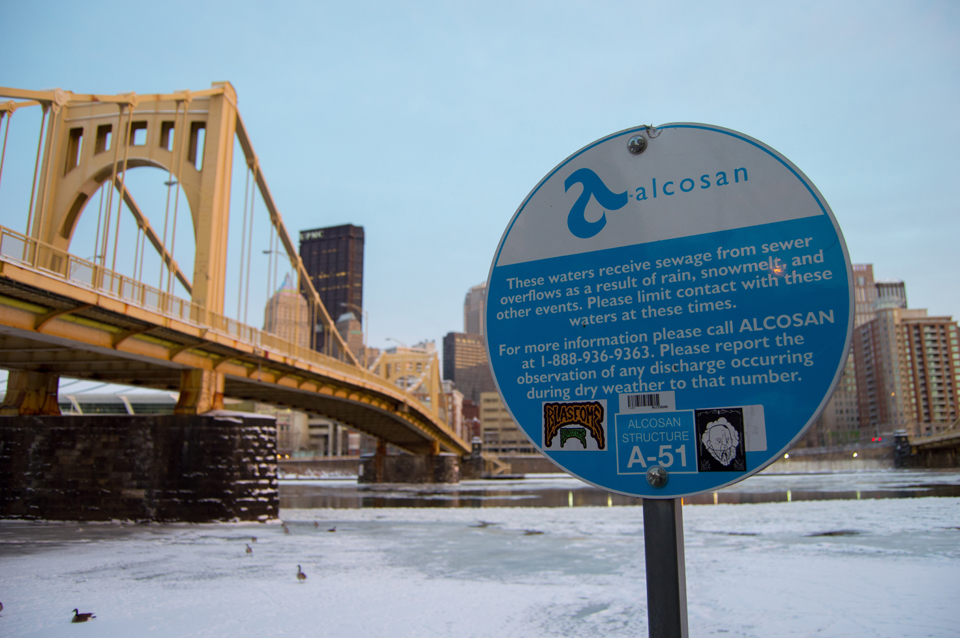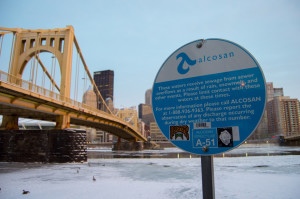

By Casey Chafin | The Duquesne Duke
As the nation turns its attention to Flint, Michigan, where more information is coming to light about unsafe levels of lead in the small rustbelt city’s drinking water, some are concerned about the potential for unsafe levels of lead in Pittsburgh’s water.
The Environmental Protection Agency has established 15 parts per billion as the legal limit in municipal water supplies. While readings in Flint were 27 parts per billion, the most up to date readings for Pittsburgh are nearing the action limit, at 14.7 parts per billion, according to the Allegheny County Health Department.
Lead levels have been steadily rising in Pittsburgh, and were only 2 parts per billion as recently as 1999, according to the Pittsburgh Water and Sewer Authority.
Partha Basu, a Duquesne chemistry professor, said lead poisoning can result from even small amounts of lead, and it is a very serious concern.
“Lead can cross the blood-brain barrier, one of the few things that can do that,” Basu said. “And so it can go into the brain and cause a whole slew of neurological issues.”
He said these issues can include mental and physical development issues, and can lead to behavioral problems.
There are several ways lead may enter a water source, but the most common is from water eroding molecules from lead piping, according to Basu.
“The issue that, most of the time, people talk about is really the piping in the system,” he said. “So it’s the water supplier giving the pipe all the way to your home, and your home piping. Somewhere along the line, there is probably a copper pipe and a lead pipe.”
He said despite the EPA’s limit of 15 parts per billion, no amount of lead is a safe level.
“The problem is that it accumulates in the body, and the best way to treat it is really prevention,” he said. “And then, lead does not transform into something else. It’s not going to be transforming to carbon…that doesn’t happen.”
The last testing for the PWSA occurred in 2013, and will occur again this year.
“I believe that three years is too long, that’s my personal view,” Basu said.
Aside from more frequent testing, Basu said he would like to see the same sites tested multiple times, to ensure reliable, accurate readings. According to a recent interview between Pittsburgh’s news radio station WESA and James Good of the PWSA, the PWSA tests different homes every time it looks for lead. Sometimes, the PWSA randomly selects a group of older homes to be tested, which can generate a high lead reading simply due to the age of their pipes.





Why is there no date on this article?
Unfortunately our current site layout proves difficult when it comes to automatically generating dates for our articles. It’s something that we’re looking into fixing.
This specific article was originally published on January 28, 2016.